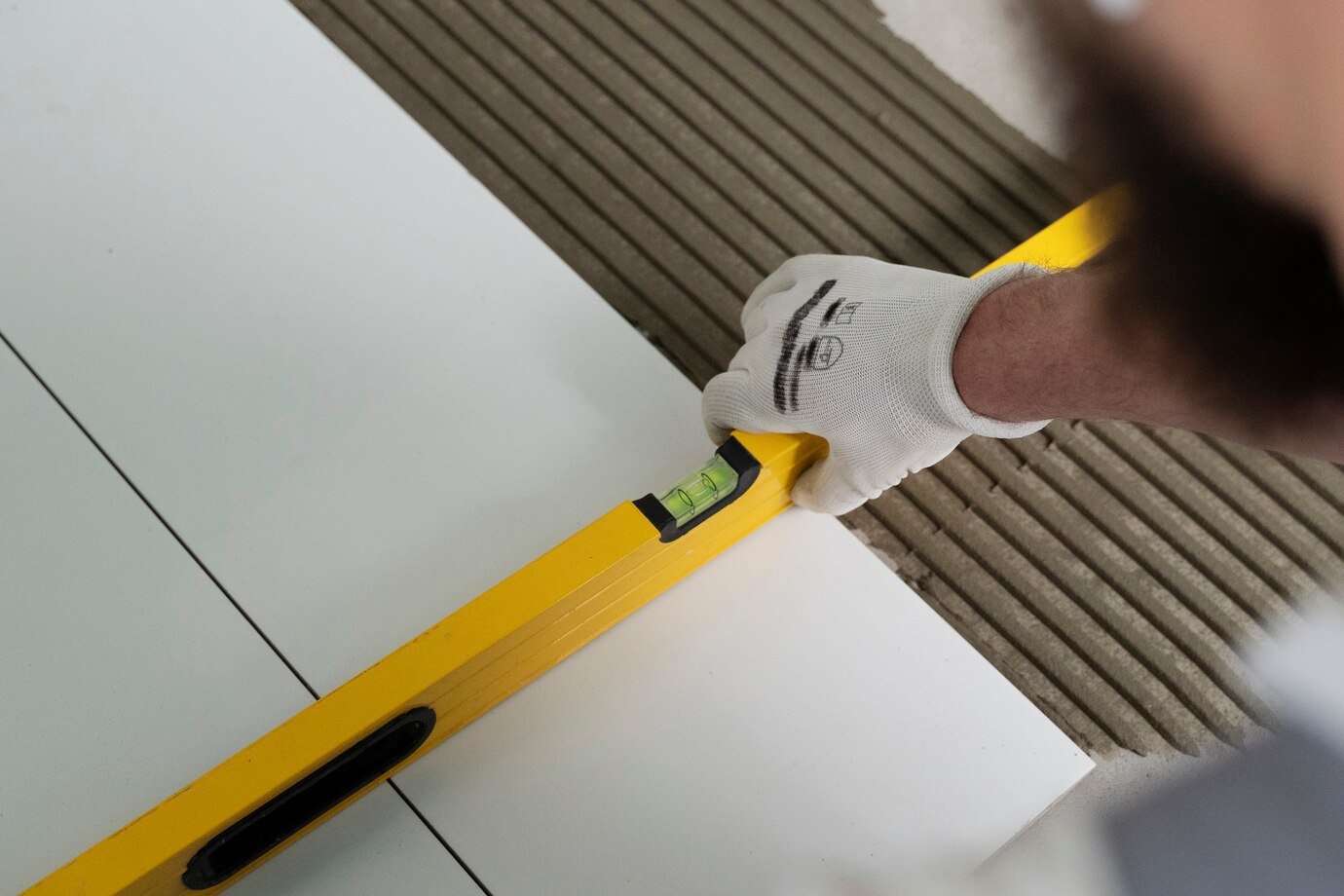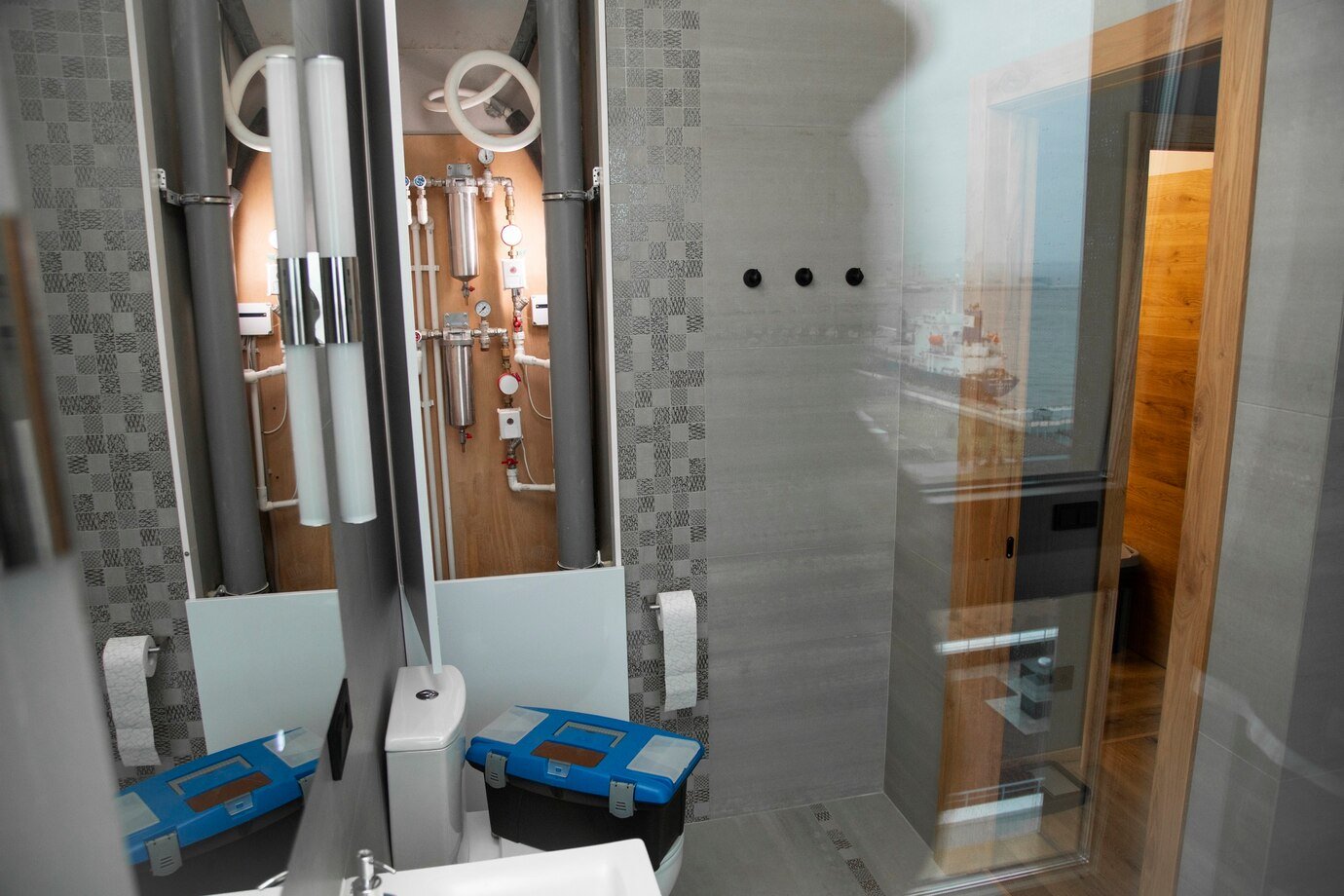When designing a bathroom, wetroom, or even a basement, selecting the right floor drain is crucial for efficient water drainage and long-term functionality. Floor drains not only prevent water accumulation but also protect your floors from potential water damage. Here’s a quick guide to help you choose the best option for your space:
1. Drain Size and Flow Rate
The size of the floor drain should be selected based on the amount of water it needs to handle. For showers and wetrooms, choose a drain with a high flow rate to ensure quick water removal, especially during peak use.
2. Drain Type: Point vs. Linear
- Point Drains: The traditional, circular floor drains placed at the lowest point of the room. Ideal for smaller spaces or bathrooms with a central drain location.
- Linear Drains: Long, narrow drains that run along one side or across the room. Perfect for modern, open-plan wetrooms, as they allow for a seamless, minimalistic look and better water flow control.
3. Material Matters
Stainless steel is a popular choice for its durability, resistance to corrosion, and sleek, modern appearance. Other materials like plastic or bronze are available, but stainless steel generally provides the best performance and longevity.
4. Trap and Odor Prevention
A high-quality floor drain should include a built-in trap that prevents sewer gases from escaping into your bathroom. Make sure the drain design incorporates a good seal to maintain a fresh-smelling environment.
5. Maintenance and Cleaning
Look for a floor drain that is easy to maintain. Removable grates or clean-out access make it simpler to remove debris and prevent clogs, keeping your drainage system functioning smoothly.
By choosing the right floor drain for your bathroom or wetroom, you ensure both aesthetic appeal and long-lasting functionality. Investing in quality drainage will protect your floors, enhance the design, and improve overall water management in your home.





